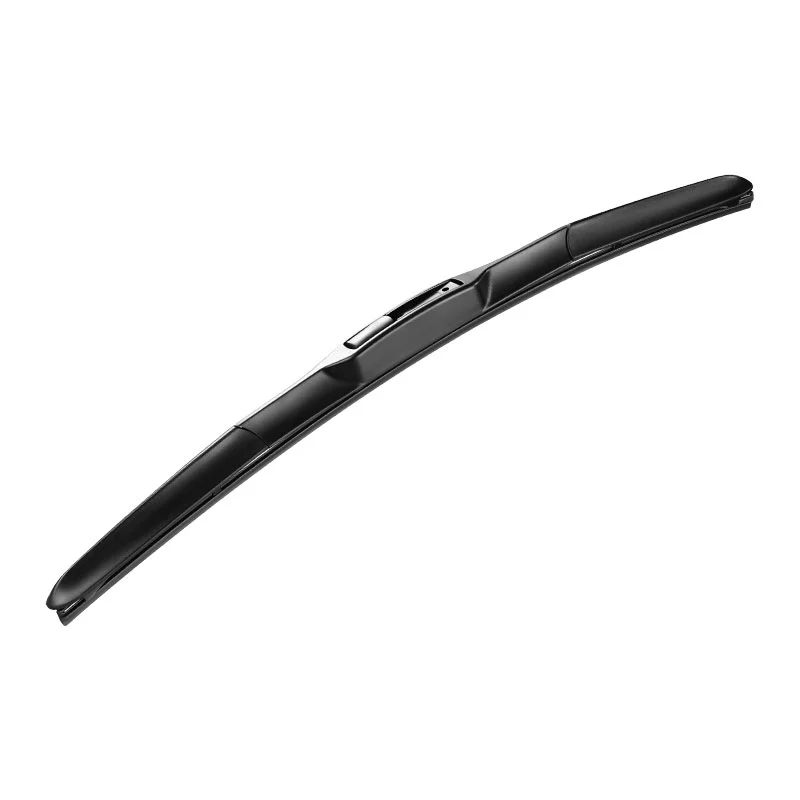Hybrid Windshield Wipers are a car wiper design that combines the advantages of traditional skeleton wipers and skeletonless wiper technologies. It solves the limitations of a single type of wiper in actual use through specific structural integration, and provides a more reliable and clearer windshield cleaning effect in a variety of weather conditions. Its core role is mainly reflected in the following aspects.

Hybrid Windshield Wipers retain a metal skeleton structure similar to traditional wipers as a supporting basis, but use an integrated flexible elastic steel sheet to cover key parts. This structure can adapt to changes in glass curvature more intelligently. When the wiper is running, the elastic steel sheet will evenly disperse the pressure applied by the wiper arm along the entire length of the wiper blade, avoiding the problem of excessive or insufficient local pressure caused by multiple pressure points in traditional skeleton wipers, and reducing water marks or streaks left after wiping, especially on modern car windshields with larger curved surfaces.
When the vehicle is driving at high speeds, a strong aerodynamic lift will be formed on the windshield surface, which may cause the traditional boneless wiper blade to float due to its light weight, and the edge of the wiper blade will be separated from the glass, resulting in a blind spot. Hybrid Windshield Wipers provide additional weight and rigidity through the internal metal skeleton, effectively resisting the airflow lift force, so that the wiper rubber strips fit closely to the glass surface at all speeds, maintaining stable wiping performance.
Compared with pure boneless wipers, the metal skeleton in the hybrid structure gives the wiper blades higher overall strength. In severe cold and snow, high temperature exposure or long-term use, it has stronger resistance to physical deformation, and is less likely to cause blade arching caused by strip distortion or bracket fatigue. The metal skeleton helps to transmit the power of the wiper arm more efficiently, making the action more reliable when scraping heavy snow or ice, and reducing the motor load.
The multiple hinge points of traditional skeleton wipers are prone to jumping when dry scraping or when there is sand and dust on the glass, making noise and accelerating the wear of the rubber strips. The hybrid design not only optimizes the aerodynamic characteristics by reducing the number of exposed hinges and matching the overall covered deflector, but also suppresses vibration and abnormal noise during the wiping process, improving driving quietness.
Most Hybrid Windshield Wipers retain the same interface as traditional wiper arms, and can directly replace the original skeleton wipers without replacing the wiper arms. At the same time, the convenience of its installation and disassembly is similar to that of boneless wipers. Users can replace the rubber strips by themselves to reduce long-term use costs.
